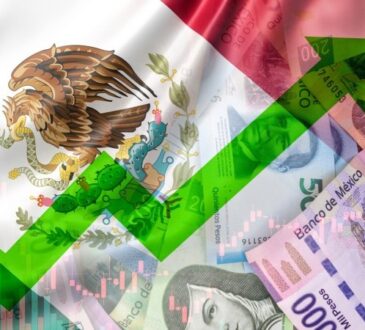
(Bloomberg) — Emerging-market currencies slumped for a third-straight session, nearly hitting a fresh year-to-date low and equities recorded the biggest weekly loss since January as rising geopolitical tensions stoked risk aversion amid a shift in the US interest rate outlook.
Most Read from Bloomberg
MSCI Inc.’s FX gauge for developing economies fell 0.3% in a third day of declines as investors pile into gold and the greenback. The Hungarian forint and Chile’s peso led the drop. A similar gauge for EM stocks tumbled 1.3% and erased gains for the past two weeks.
“Today is about risk aversion, driven by an escalation in the Middle East,” said Jayati Bharadwaj, FX strategist at TD Securities. “You are seeing a lift for the safe haven currencies,” such as the dollar and the yen, which in turn is “weighing on the EMFX complex.”
The global repricing sparked by US price-growth data released on Wednesday continued amid additional fears of a direct confrontation between Israel and Iran as soon as Saturday. Separately, the intensification of Russia’s attacks on Ukraine are stoking worries that Kyiv’s military effort is nearing a breaking point.
Read more: Israel Bracing for Potential Direct Attack From Iran in Days
Almost all 23 developing currencies tracked by Bloomberg weakened.
The Mexican peso dropped as its implied volatility soared to the highest since February, just one month after hitting a four-year low. That is undermining the carry-trade appeal for the world’s best performing major currency this year.
Read more: Poland’s Turnaround Shows Price of Populism as Hungary Trails
Strategists at Bank of America said they’ve been cautious on emerging-market bonds and currencies “due to concerns about rates and crowded trades” and will await a better moment to raise exposure.
“May might be the time to raise EM risk again as it brings the last batch of data before the June FOMC,” Bank of America analysts led by David Hauner wrote in a note. “For now, we avoid outright longs in EM FX and rates and stay cautious on spreads.”
Most Read from Bloomberg Businessweek
©2024 Bloomberg L.P.




